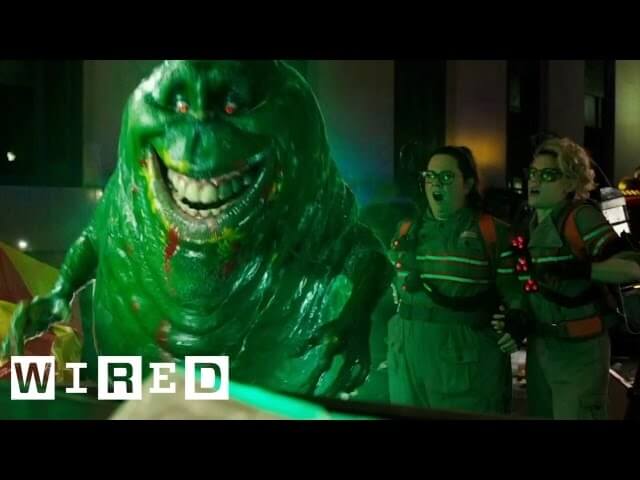The new Ghostbusters almost had a Slimer origin story

Of all the many questions fans have asked themselves since they first fell in love with the original Ghostbusters—“Why can’t you look directly in the trap?”; “Does Venkman just carry thorazine with him when he goes on dates?”; “Why did Dad leave? Was it my fault?”—one of the least pressing has been, “What—or rather who—is Slimer?” The floating green gallstone is identified in the 1984 film as a “focused, non-terminal repeating phantasm, or a Class 5 full-roaming vapor,” but this is mere taxonomy, the sort of dry scientific recitation you’d expect after Dan Aykroyd hoovered blow off a parapsychology book. Slimer wasn’t even called that until the Real Ghostbusters cartoon series, and the Real Ghostbusters Marvel UK comic books further attempted to humanize him as the ghost of “King Remils,” a gluttonous, conveniently named monarch who ate himself to death. But this isn’t considered official canon. The closest Ghostbusters’ creators ever came to explaining Slimer’s origin was Aykroyd saying this fat, ugly, disgusting creature who gobbles everything in sight, leaves a trail of slime everywhere he goes, and apparently died in a hotel was a loving tribute to his late pal John Belushi, much like The Blues Brothers 2000.
Fortunately, we live in age where no lingering pop culture mystery is left to be bungled by our dumb imaginations. It’s why screenwriter Max Landis, in his Ghostbusters 3 pitch gone viral, began his hypothetical film with a pre-credits flashback where Ivo Shandor murders an overweight associate to “protect his cult after he has a moral objection,” dooming him to a life of scraping room service trays within the Sedgwick Hotel. And it’s why Paul Feig and Katie Dippold set out to give Slimer their own backstory with their 2016 remake.

 Keep scrolling for more great stories from A.V. Club.
Keep scrolling for more great stories from A.V. Club.